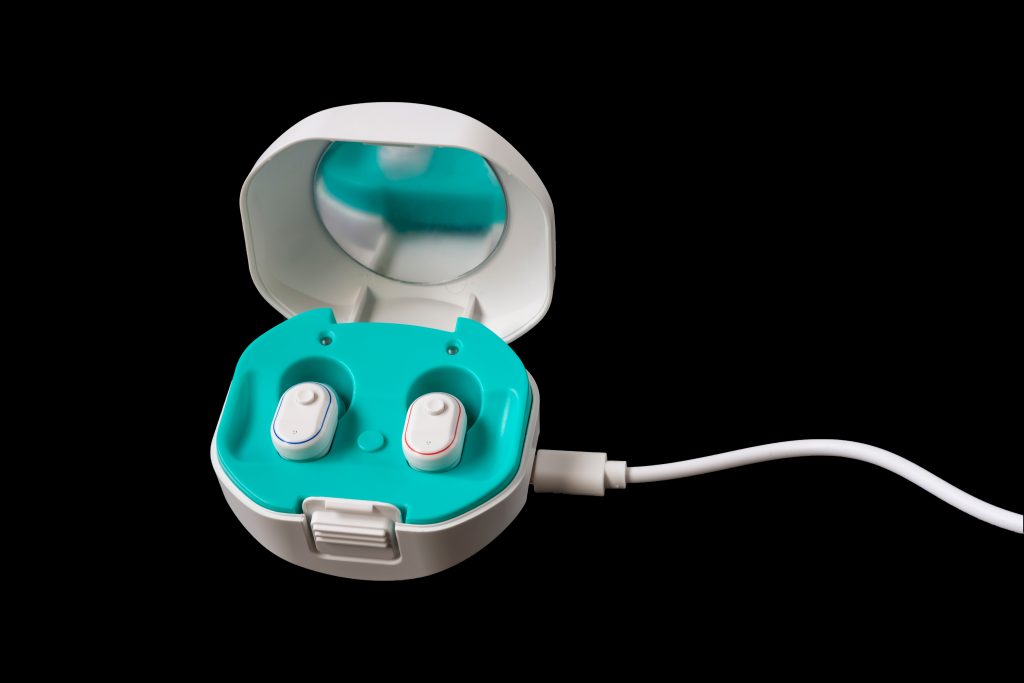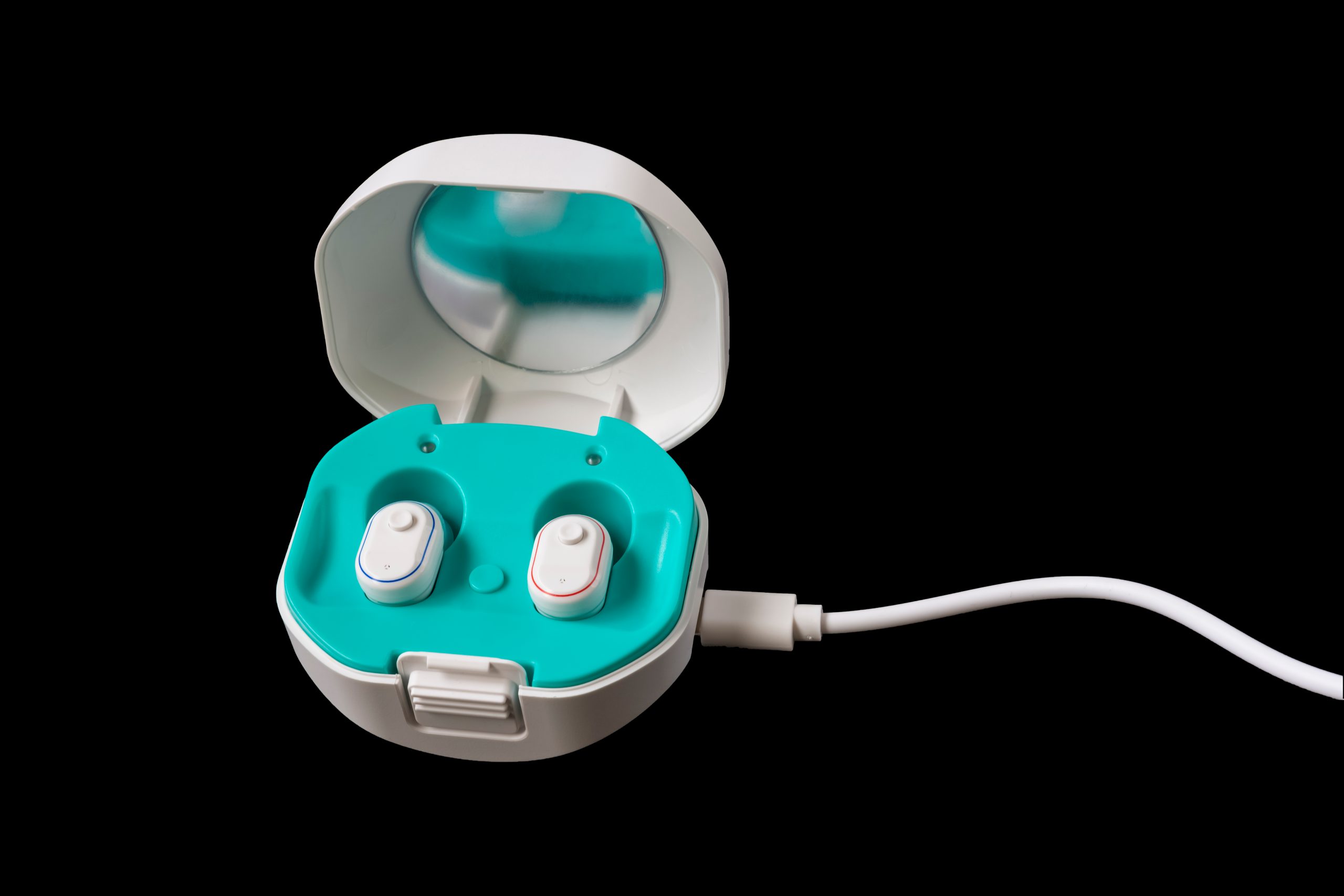 Hearing loss is a common problem that has affected many people of all ages for years. The good news is that as technology has improved, new hearing tools have been invented to help people with hearing loss hear better. However, there are still many questions about this technology, and many need help understanding their options regarding the new technology. In this piece, we’ll look into modern hearing technologies. This piece will address those issues and hopefully shed light on some more confusing aspects, such as how new hearing aid options are better than traditional solutions, their problems, how hearing tests work, and explore the idea of brain remapping concerning hearing loss. But first – we’ll start with the basics.
Hearing loss is a common problem that has affected many people of all ages for years. The good news is that as technology has improved, new hearing tools have been invented to help people with hearing loss hear better. However, there are still many questions about this technology, and many need help understanding their options regarding the new technology. In this piece, we’ll look into modern hearing technologies. This piece will address those issues and hopefully shed light on some more confusing aspects, such as how new hearing aid options are better than traditional solutions, their problems, how hearing tests work, and explore the idea of brain remapping concerning hearing loss. But first – we’ll start with the basics.
What Options Are Available For Hearing Loss?
Modern hearing technologies include a wide range of devices that can help people with different levels of hearing loss hear better. At Eldorado Hearing, we can assess your hearing and explore these options with you to see what might be best. We are an experienced team, taking the time to listen to your concerns and answer any questions you might have. Continue reading to gain a brief overview of some common options available today.
Digital Hearing Aids: These are the most popular and widely used devices. They are easy to set and can boost specific frequencies based on each person’s needs. Many modern hearing aids also have advanced features like directional mics and ways to connect to other devices.
Cochlear Implants: Cochlear implants are surgically inserted devices that stimulate the auditory nerve without going through damaged parts of the inner ear. They work best for people with serious to profound hearing loss and give them a sense of what sounds are like.
Bone Conduction Devices: These devices bypass the outer and inner ears by sending sound vibrations through the bones of the skull. People with conductive hearing loss or single-sided deafness can benefit from them.
Assistive Listening Devices (ALDs): These are things like amplified phones, TV listening systems, and personal FM systems that improve sound in certain settings. They can be used by themselves or with hearing aids.
As mentioned, this is simply a brief overview. To learn more about your options, working with a knowledgeable team who can provide you with a customized plan to improve your hearing is essential.
Benefits of New Hearing Technologies
Overall, there is a wide range of benefits that come with new hearing technology. The ones you might receive and how you might receive them depend on the chosen assistive device. However, some of the more common benefits are listed below.
Better Sound Quality: Thanks to digital processing, current devices have a better sound quality and clearer speech, which makes it easier to hear conversations in noisy places.
Customization and Personalization: Digital hearing aids can be programmed to fit each person’s hearing needs. This allows for personalized amplification based on specific frequencies and listening situations.
Connectivity and Integration: Many modern hearing aids can connect directly to smartphones, TVs, and other devices, allowing direct audio streaming, control, and integration with different technologies.
Size and Design: Hearing aids today are smaller, less noticeable, and come in a variety of styles, so they can fit the needs of each person and lessen the stigma of having them.
Maintenance and Battery Life: There seems to be less maintenance with the newer technologies, especially regarding battery life, since many can be charged rather than rely on battery power.
Possible Cons to the New Technology
Even though there are many good things about current hearing technology, there are also some things that could go wrong:
Cost: High-tech hearing aids can be pricey, and not all insurance plans cover them. Some people may not be able to afford it because of this.
Learning Curve: Getting used to new devices and learning how they work may take time and patience. Some people may find it hard to get used to the change. Additionally, those suffering from cognitive issues might become too frustrated to continue trying the new device. Our team at Eldorado Hearing can walk through new devices with you or a loved one to help them understand how the system works to help lessen the learning curve.
Getting the Right Diagnosis: Understanding Hearing Tests
Hearing tests done by our hearing experts at Eldorado Hearing are the best way to figure out how well someone can hear. These tests usually include several different tests, such as pure-tone audiometry, speech audiometry, and other specific tests. The results help determine how much and what kind of hearing loss there is, which helps us choose and customize the proper hearing aids.
What Is Brain Remapping?
When people start using hearing aids, their brains go through a process called “brain remapping.” At first, the brain may need time to get used to the new sights and sounds that the devices provide. Some people can hear better almost right away, while it may take others a few weeks or months to get used to it. Regular use and constant stimulation from hearing aids are essential for remapping the brain and getting the best hearing results. This is why it’s essential to fully understand your hearing aid device and wear it consistently.
Modern Technology Can Open a Whole New World
Modern hearing technologies have changed how people with hearing loss function daily. Despite a few cons, digital processing, customization, and connectivity improvements have provided devices that fit their needs and provide confidence. The first step is to obtain a comprehensive hearing test from the Eldorado Hearing team. Once this is completed and the hearing device is in place, you can start on a path to better hearing and a richer auditory experience. Contact us today to learn more about your options.




Leave a Reply